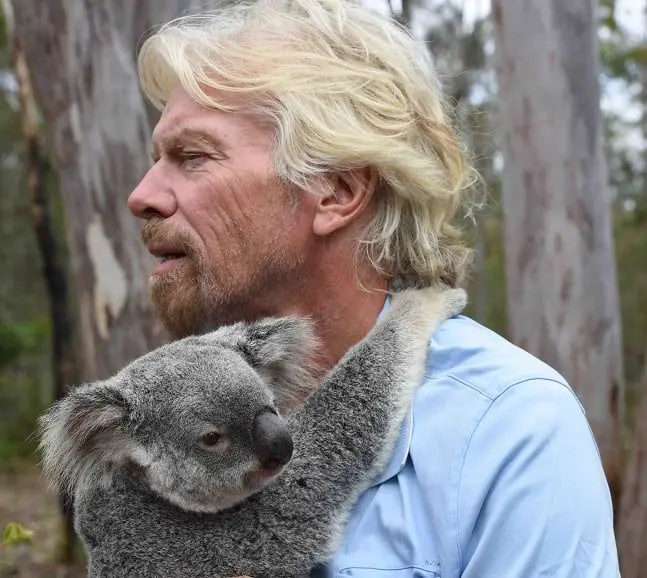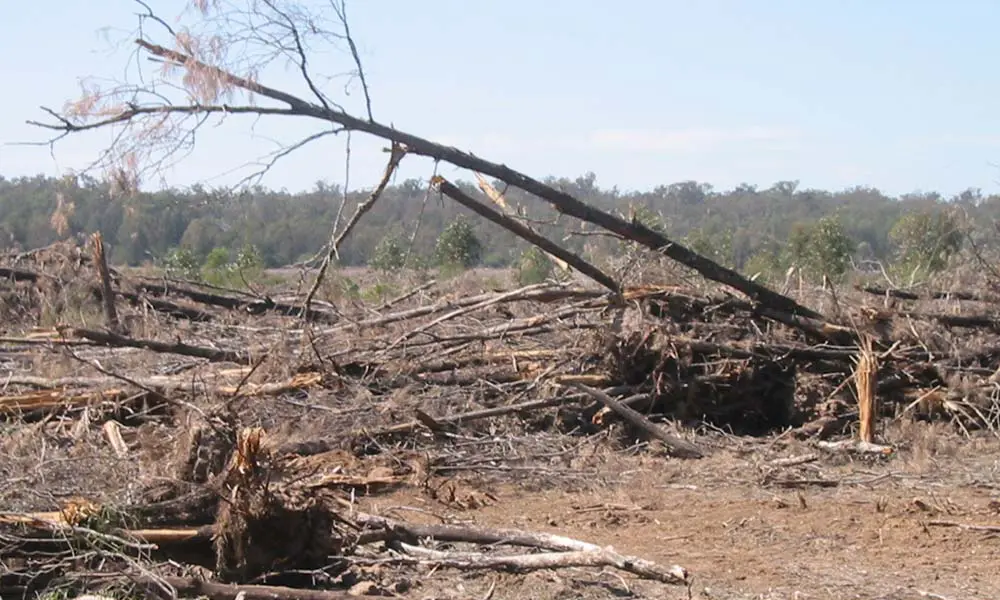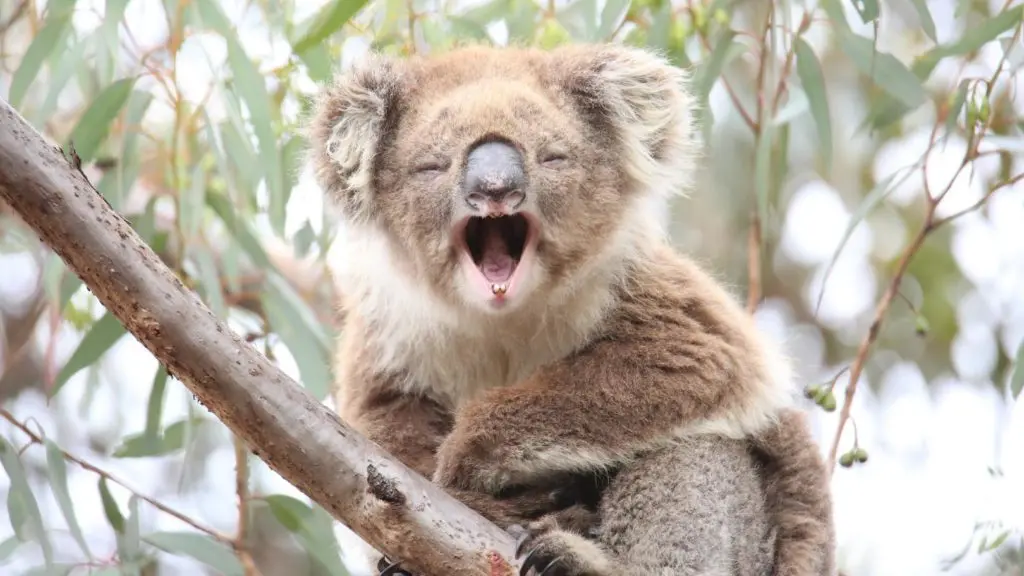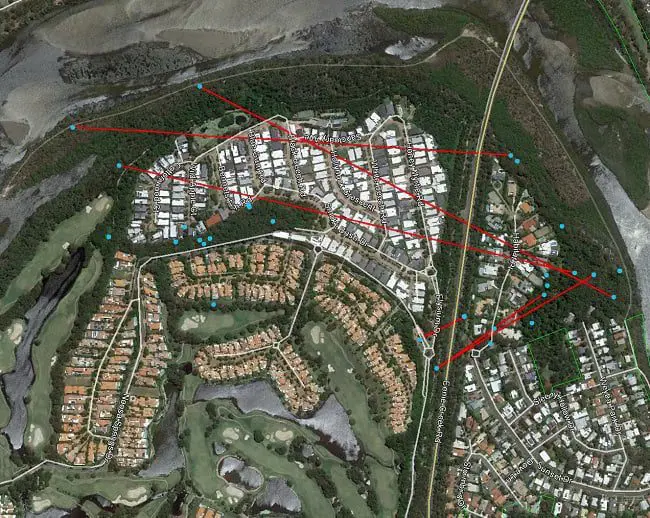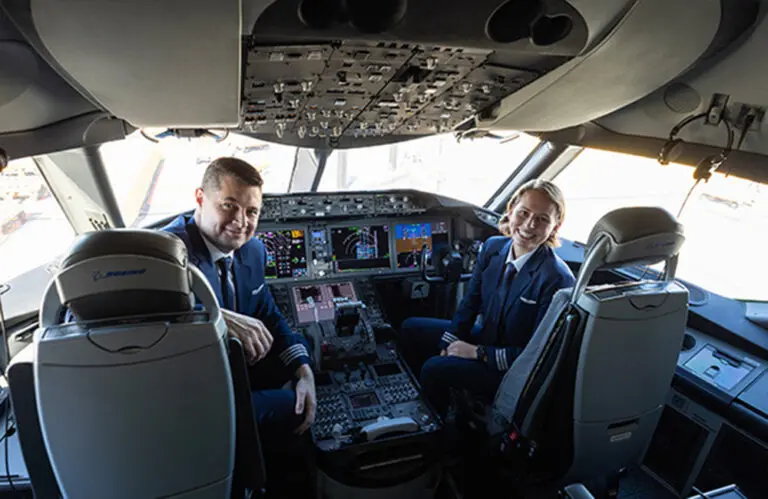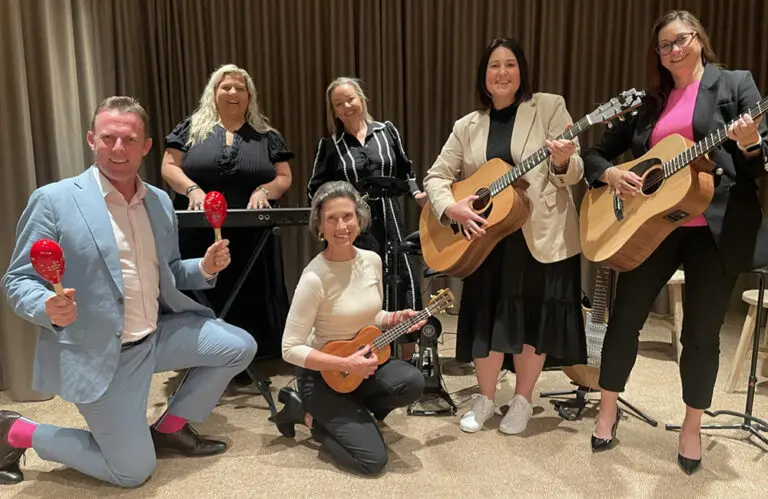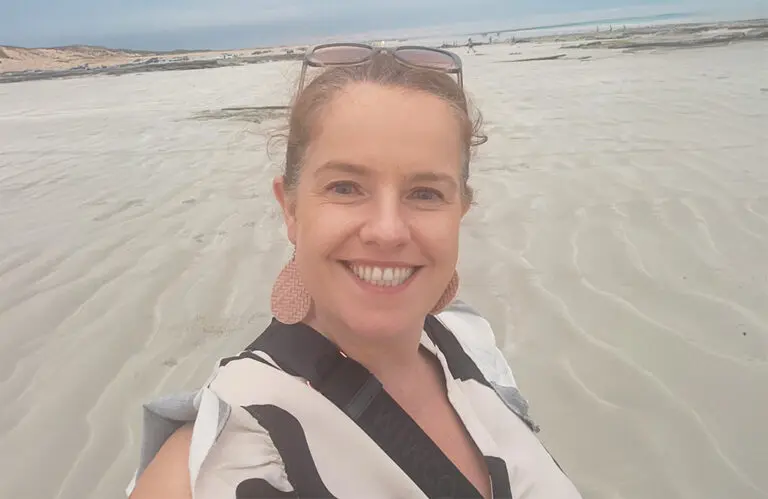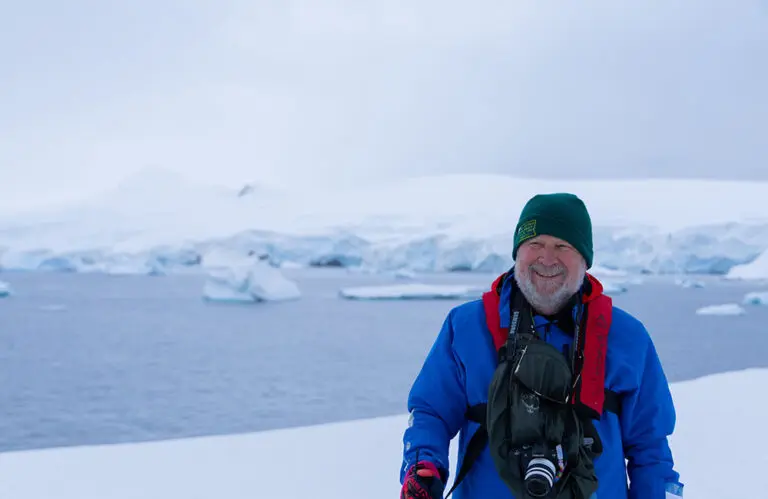He may be best known for his business ventures, but Sir Richard Branson has another string to his bow – working to ensure the survival of Australia’s koalas.
Not only are they important members of the ecosystem, Australia’s koalas are a major drawcard and ambassador to the world. But their future is bleak.
Last year, a study by the World Wildlife Fund showed that the clearing of forests in Queensland had killed at least 5,183 koalas in the four years since 2012. Populations around Brisbane have tumbled by a whopping 50 to 80% in less than 20 years.
“It’s hard to imagine any country in the world would allow twice as many of its globally iconic wildlife to be killed,” WWF Australia chief executive Dermot O’Gorman said.
“It’s a national tragedy and an international embarrassment.”
With 75% of tourists to Australia hopeful of a possible sighting of the eucalyptus-munching marsupials, their economic value is also considerable.
Tourists that came Down Under to see koalas contributed $3.2 billion to the economy, according to a 2014 study by the Australian Koala Foundation.
The Economic Value of the Koala report also found that the koala is responsible for generating around 30,000 tourism industry jobs.
The importance of safeguarding the future of the iconic animals is clear, but understanding the challenges threatening their future is essential to ensure their survival.
This is where the Richard Branson Koala Conservancy (RBKC) comes in.
The organisation was founded in 2016 by the billionnaire entrepreneur and former Virgin Blue boss Brett Godfrey to help tackle significant declines in the koala population both in Noosa and further afield. It operates from their privately owned Makepeace Island property on the Noosa River.
It recently released the findings of a new study which has mapped out the health and reproductive status of the animals, looking at their behaviour as well as the threats faced by the dwindling koala population in Noosa.
“I am pleased that this pilot project has formulated the beginnings of a roadmap, in terms of what we need to do to be successful in our efforts to save the koala in 2018 and beyond,” Branson said.
“There is nothing like seeing these beautiful creatures living in their natural habitat, and this worrying report suggests action is necessary now to ensure this privilege remains.”
The next year will see the RBKC focus on gaining additional support for the project from key stakeholders like the Queensland Government, Noosa Council and the Noosa Biosphere Reserve Foundation.
“This type of science-based work – active koala monitoring and management – has real, demonstrable and persistent benefits to local koala populations if expanded sufficiently in terms of geographic range,” Godfrey said.
“We are committed to support reversing the downward trend, and we will continue to urge other stakeholders to follow the strong commitment made by the Conservancy to protect the region’s koalas.”
In November, WWF-Australia projected a giant animated koala onto a Brisbane CBD building to raise awareness of the species’ decline in Queensland.
Spanning five storeys, the koala was accompanied by a simple message: “We need trees”.



